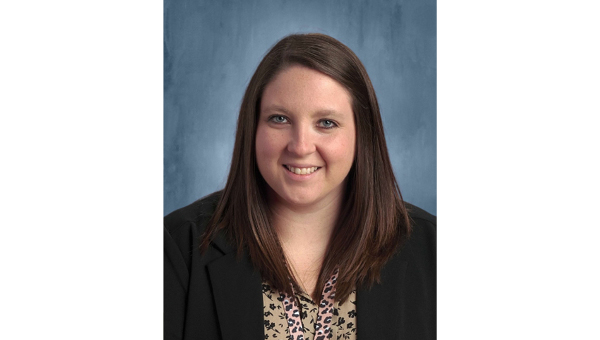What unions learn from failure
Published 3:45 pm Friday, August 9, 2024
|
Getting your Trinity Audio player ready...
|
BY JOEL SCHLOSBERG
As Americans take August to process the presidential race upheavals of July, the most consequential may prove to be a union leader garnering wild cheers for declaring that “the biggest recipients of welfare in this country are corporations … we must put workers first!”
In the twentieth century, such campaign rhetoric was heard only at the margins from the likes of Ralph Nader and Eugene Debs, not from any respectable Democrat, let alone a featured speaker at theRepublican National Convention. Yet Teamsters president Sean O’Brien
Trending
draws on enough mainstream discontent to position himself as a counter to “the extremes in both parties,” less than a year after conservatives united against actors’ and teachers’ union strikes.
They’re still a long way from warming to those professions. Another 2024 RNC big shot may have been dubbed “Hollywood” Hulk Hogan, but the lead of the Jordan Belfort-produced turkey Santa With Muscles lacks the star power of Batman and Robin’s George Clooney.
Meanwhile, when Trump’s running mate JD Vance got the nod from O’Brien for having “the courage to sit down and consider points of view that aren’t funded by big money think tanks,” he wasn’t talking about what Vance learned at Yale. Republicans are as reluctant to laud their
candidate’s choice to complete college as Democrats are to take Kamala Harris to task for not speaking out against early 2020s class closures after having been heavy-handed as a prosecutor on kids who skipped school.
An earlier Democratic nominee was distinctly less enthusiastic about imposing educational choices. In a 1988 introduction to John Holt’s How Children Fail, George McGovern noted that he had read the original edition during his 1972 bid and that “a visit to schools in any part
of the nation will reveal the same uninspired children and lack of attention to what is being taught of which John Holt wrote.” Given such a status quo, “there is nothing lost and much to be gained in encouraging children to follow their own curiosity about life and to build on their own personal interests.”
Trending
The Cato Institute which exemplifies “big money think tanks” for liberals (while getting lip service from big-spending conservatives) reached leftward in 1977 with a denunciation of “schools that promise equal enlightenment [but] generate unequally degrading meritocracy and lifelong dependence on further tutorship” by Ivan Illich in the first issue of Inquiry magazine. They succeeded in getting Anthony Burgess and Noam Chomsky to write for later issues.
In The Invisible Bridge: The Fall of Nixon and the Rise of Reagan, historian Rick Perlstein sees a Reagan “obsessed with preserving the factory system” as his own stardom faded, quipping that “the future champion of individualism and entrepreneurship despised the new, more
individualistic, entrepreneurial Hollywood.” Such values, fully compatible with free association, can usher teachers’ unions into an educational environment as far from the longstanding model of a factory-like assembly line as today’s unionized filmmakers are from the dream factory studios of yore – with comparable paydays above scale for popular talent.
(New Yorker Joel Schlosberg is a senior news analyst at The William Lloyd Garrison Center for Libertarian Advocacy Journalism.)





